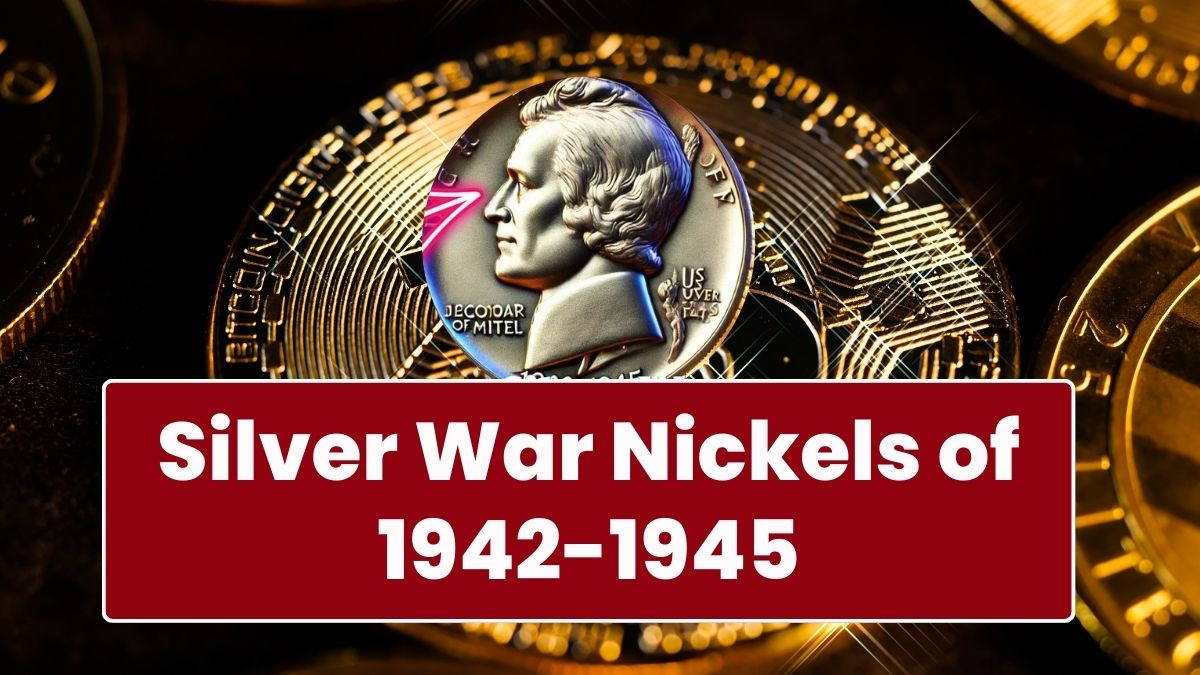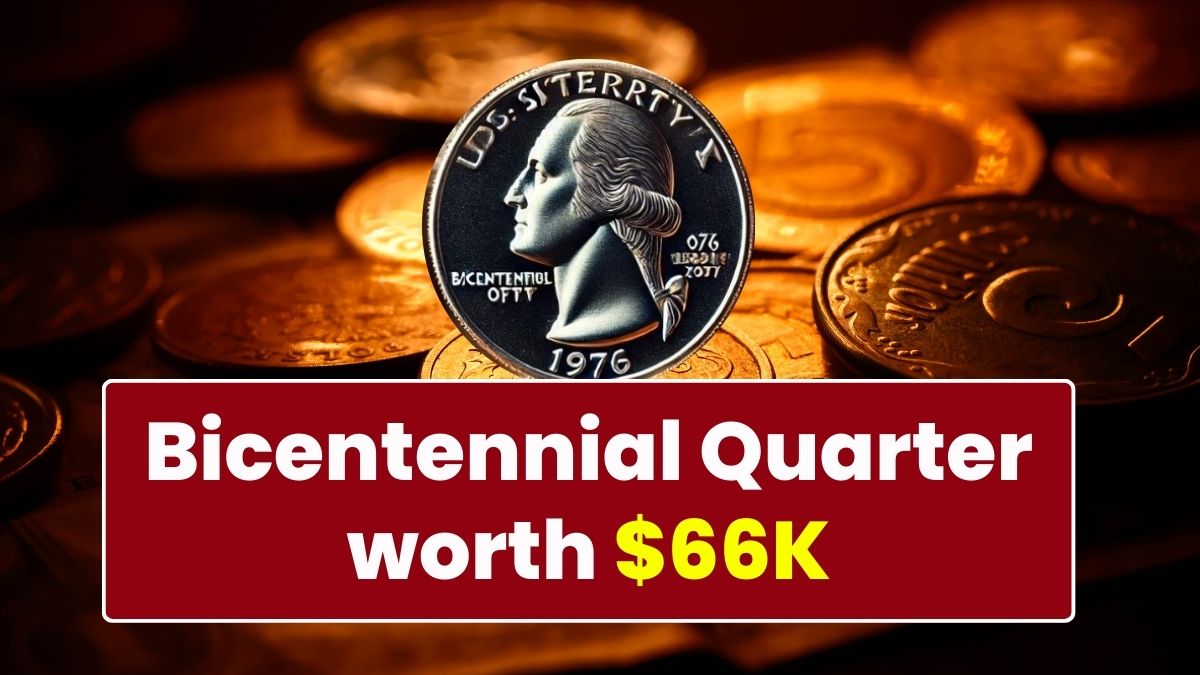The United States Mint produced a distinctive series of nickels known as the “Silver War Nickels” between 1942 and 1945. These coins are highly collectible due to their unique composition and historical significance.
To enhance collectors’ collections, this article discusses the characteristics, composition, and value of these wartime nickels.
Understanding the Silver War Nickels
Nickel, a metal critical to military equipment, was in short supply in the U.S. during World War II. The Mint altered the composition of the five-cent coin to conserve nickel.
Nickels were minted from October 1942 to 1945 containing 56% copper, 35% silver, and 9% manganese. In wartime, this change resulted in a coin with both functional and symbolic significance.
Design and composition
Unlike the Jefferson Nickel series, the wartime nickels retained the familiar design:
- Thomas Jefferson’s portrait appears on the obverse (front).
- An image of Jefferson’s home, Monticello, on the reverse (back).
Their primary difference is their composition, which differs from the pre-1942 nickels, which are 75% copper and 25% nickel.
Identification and mint marks
A large mint mark was introduced above Monticello on the reverse side of these wartime nickels to distinguish them from their predecessors. For the first time, the Philadelphia Mint used a mint mark on its coins. Here are the mint marks:
| Year | Philadelphia (P) | Denver (D) | San Francisco (S) |
|---|---|---|---|
| 1942 | 57,900,600 | 13,938,000 | 32,900,000 |
| 1943 | 271,165,000 | 15,294,000 | 104,060,000 |
| 1944 | 119,150,000 | 32,309,000 | 21,640,000 |
| 1945 | 119,408,100 | 37,158,000 | 58,939,000 |
- Philadelphia Mint: P
- D: The Denver Mint
- S: San Francisco Mint
Coins minted by the Philadelphia Mint have a large “P” mint mark, a significant change from the traditional practice of not using mint marks.
Figures of mintage
Silver War Nickel mintage figures are as follows:
During each year, these figures indicate the total number of coins minted at each facility.
Collectibility and Value
Several factors influence the value of Silver War Nickels:
- Based on current silver prices, the 35% silver content adds intrinsic value.
- Higher grade coins (e.g., MS65 or higher) are more valuable.
- Some mint marks and years are scarcer, making them more desirable to collectors.
Based on current silver prices, a Silver War Nickel melt value is approximately $1.78 as of January 2025.
Authentication and grading
For a coin to be valued, it needs to be graded properly. Grades range from 1 (Poor) to 70 (Mint State). Uncirculated coins are more valuable and graded at 60 or above.
Authentication and grading services such as the Numismatic Guaranty Corporation (NGC) and the Professional Coin Grading Service (PCGS) enhance the marketability of coins.
Considerations for investing
Silver War Nickels are primarily collected for their historical and numismatic value, but their silver content also serves as a hedge against inflation. Numismatic premiums (the amount above the melt value) can fluctuate based on market demand and the condition of the coin.
A unique segment of American coinage, Silver War Nickels reflect the nation’s ingenuity and resilience during World War II. For collectors, these coins offer a tangible connection to history, as well as potential investment potential. These wartime nickels are a valuable addition to any collection, whether you’re an experienced numismatist or a novice collector.
Frequently Asked Questions
How much silver is in a 1942-1945 Silver War Nickel?
There is 35% silver, 56% copper, and 9% manganese in each coin.
What are the characteristics of a Silver War Nickel?
On the reverse side, look for a large mint mark above Monticello.
What is the value of these nickels?
Their value depends on factors such as condition, rarity, and current silver prices.




